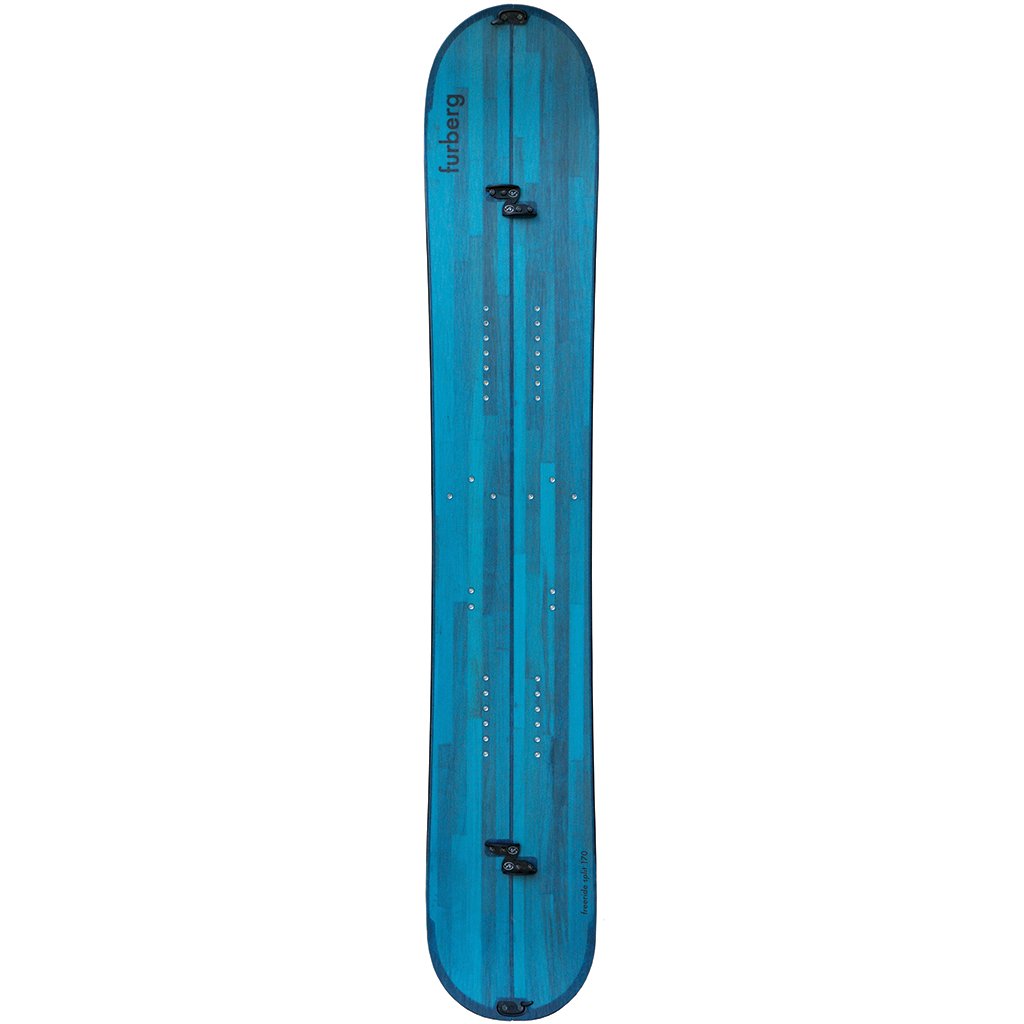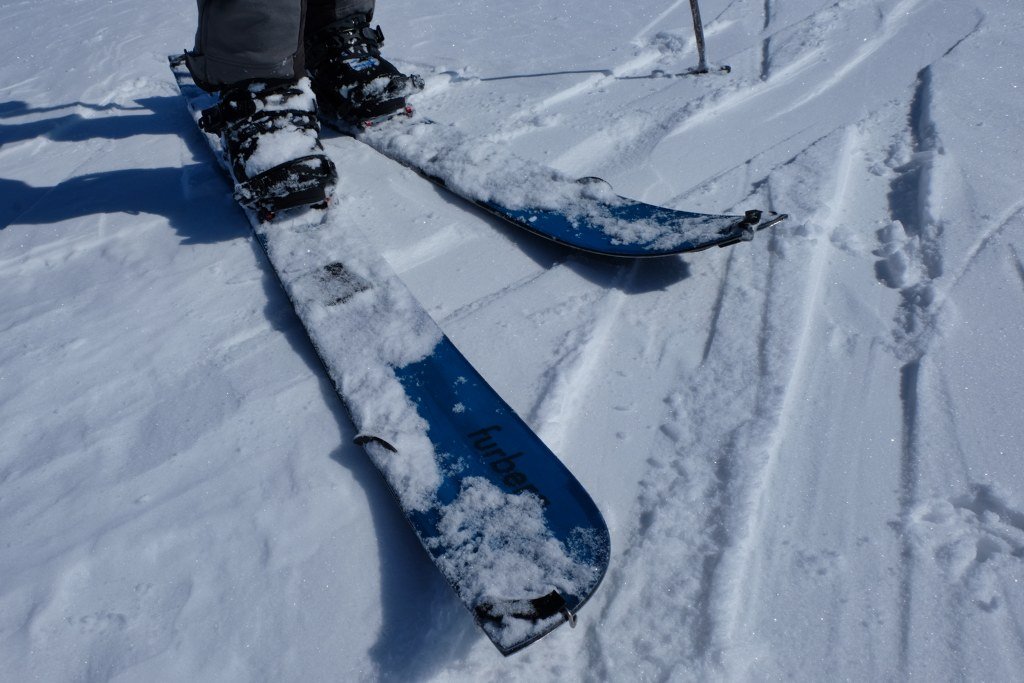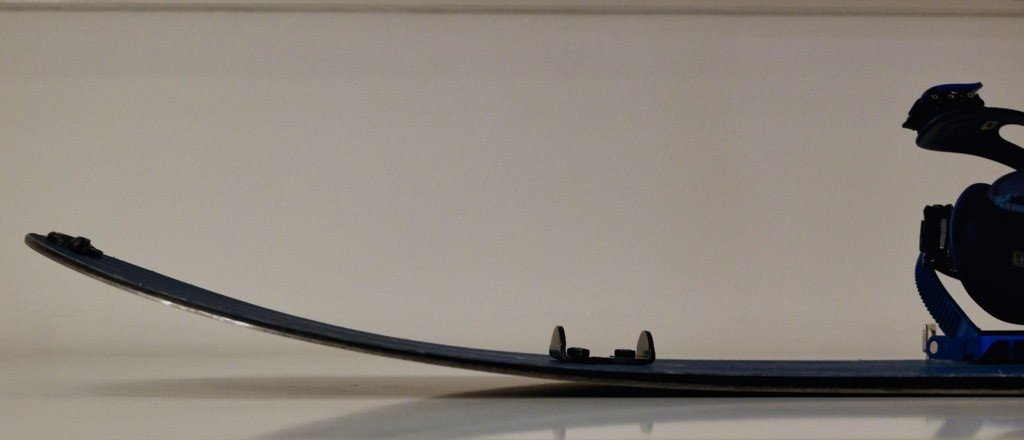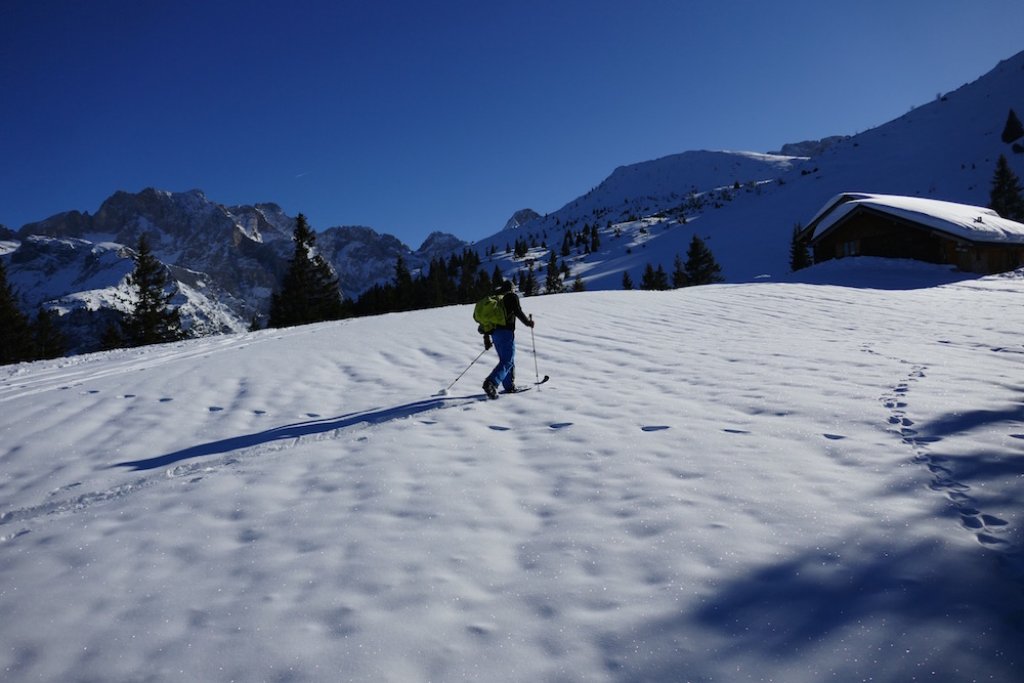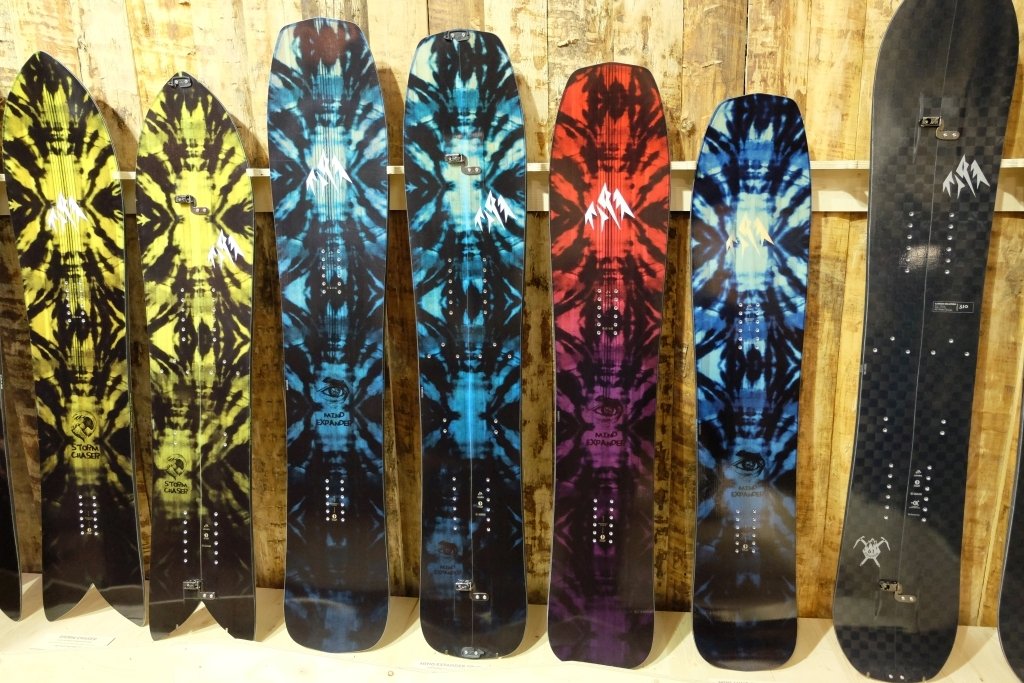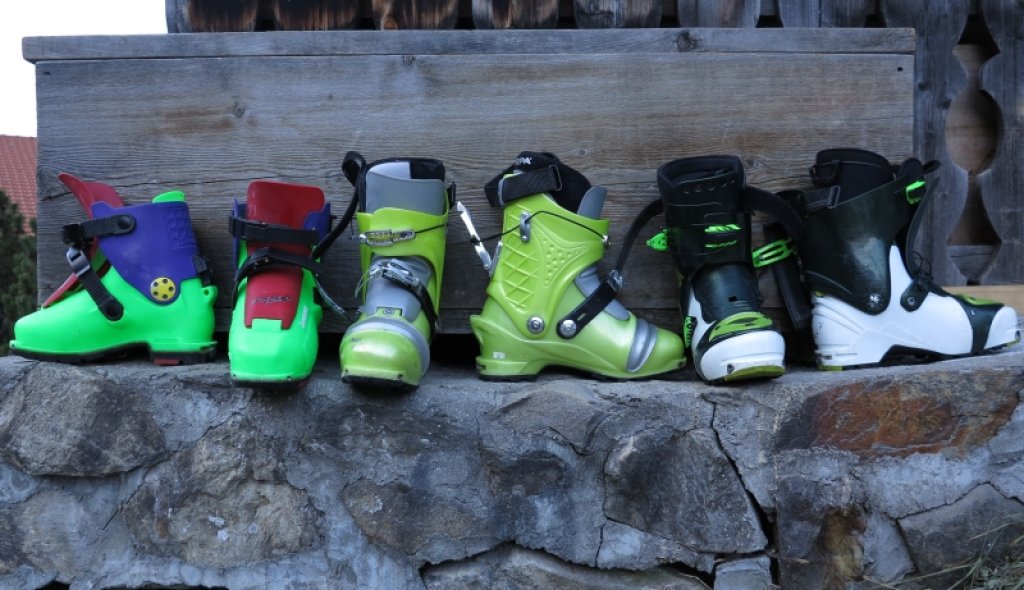The small Norwegian brand Furberg has been promising to produce the best and most complete freeride snowboards for several years now. The brand was created by former World Freeride Tour rider Daniel Furberg out of frustration with the lack of feasibility of his board-specific design ideas with his sponsors at the time. Whether this would still be the case today in view of the prototype series from Amplid, Prior or Capita remains to be seen.
Furberg consistently relied on various developments that have proven themselves in the ski sector right from the start. For example, the idea of a very large radius in comparison, which promises various advantages. An edge that is as straight as possible is just as desirable for grip on the ascent as it is for edge grip on the descent. In addition, a long radius ensures a much smoother ride and less blending, but needs to be well coordinated with the other aspects such as camber, nose and tail design in order to be easy to turn. In this case, it should be said upfront, this has been achieved.
After the last generations had deliberately bright colors to reduce snow on the board halves, the current generation is kept in a darker blue.


